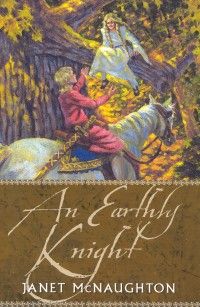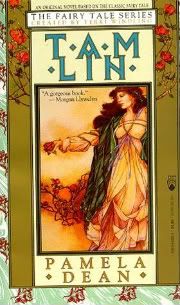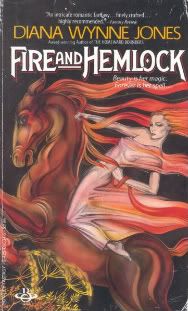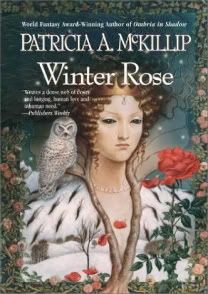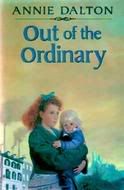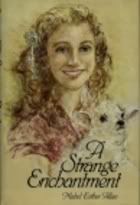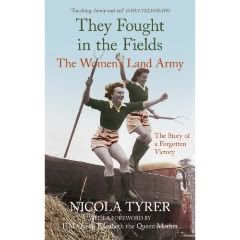Right now I'm reading an odd mixture of old and new books, along with a library book thrown in for good measure.
Fire and Hemlock, by Dianne Wynne Jones.
I mentioned this in my last post. Writing about it then made me realize how long it'd been since I'd read it, so I pulled it off my shelf and dove in. I forgot how enjoyable and tantalizing all the name-dropping of books is in it. It's also a truly enjoyable, very mysterious retelling of Tam Lin, as I mentioned before, and I'm falling in love with the love story all over again.
Meet the Austins, by Madeleine L'Engle.
I've been a fan of Madeleine L'Engle's books for years. I'm more familiar with her fantasy books, starting with A Wrinkle in Time, but I've read a few of her Austin family Chronicles as well (of which this is the first, which I haven't read before). I picked this up at a small independent bookstore in Cannon Beach last week. I like to buy something from independent bookstores whenever I visit one, just to do my part in helping them survive.
The Lost Prince, by Francis Hodgson Burnett.
I've read and absolutely love FHB's most famous works for children: A Little Princess, Little Lord Fauntleroy, and The Secret Garden (one of my all-time favorite books). This work is much less well-known, but I've found I'm enjoying it very much. It's a very exciting story about a father and son working to restore the long-lost prince to the throne of Samavia (a generic, Ruritania-like, small European country), and takes place in London and Europe just after the turn of the century.
A Civil Contract, by Georgette Heyer.
This one has been a little difficult for me to get through. I normally love Georgette Heyer's books, but this one is fairly non-traditional. In typical romance novels, arranged marriages usually end up with the hero and heroine falling desperately in love after all. I'm not sure that's going to be the case in this one. It's a very realistic portrayal of the type of arranged marriages popular in British aristocratic society during the Regency period, and I appreciate it in that regard, but I live for happily-ever-after endings. I hope this one has it.
The Golden Bough, by Sir James George Frazer.
According to Wikipedia, The Golden Bough is s "wide-ranging comparative study of mythology and religion," focusing particularly on the primitive methods of early pagan cults throughout civilization. I haven't read much of this yet, but it's one of the books cited in Fire and Hemlock, and is considered one of the most influential books of the past hundred years.
A Short History of the Honey Bee, by E. Readicker-Henderson.
This book is pretty much what the title suggests, a history of honeybees. I came across this while doing the ToC for it at work, and immediately requested a copy from my local library. It's a very new release and my library only finally got their copy in a week ago. I may end up having to take this to Hawaii in order to finish it before it has to go back to the library. It's a very satisfying way of assuaging the curiosity about bees that Laurie R. King's Mary Russell/Sherlock Holmes books have stirred up in me.
The Box of Delights, by John Masefield.
This is a recent addition to my library, and, incidentally, another book referenced in Fire and Hemlock. I've been waiting for a used copy for some time now and finally Powells got one. I haven't read it yet, but I'm very excited. This is one of The New York Review Children's Collection. They took a number of high-quality children's books by English and American authors, most published before 1950, and printed them in gorgeous hardcover volumes with heavy paper and beautiful artwork and covers. These are books built to last, and meant to be handed down, and make me long for the days (which ended before I was born) in which children's books were worth reading. Most of the stuff coming out today (if you'll pardon my crankiness) is cheap rubbish written hastily to make money, rather than stories that will continute to have an impact on children long after they've been read. In fact, the books in the NYR Children's Collection are the kind of books I would love to carry in my hypothetical children's bookstore (which looks a lot like The Shop Around the Corner in You've Got Mail).
Here's the cover, just so you can see how pretty it is:
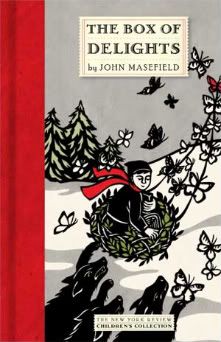
John Masefield just so happens to be the author of "Sea Fever", one of the poems I posted during Poetry Month. I will never, ever get tired of the line, "All I need is a tall ship, and a star to steer her by."
Besides the stack of books I'm in the middle of right now, I have a stack of books to read. These are all books I haven't read before. I'm trying to go through them all so that I can clear room off my bookshelves for all the books Mom and Dad are bringing me that I left behind in Iowa.
Out of the Ordinary, by Annie Dalton.
One of the Tam Lin retellings. It should be a quick read.
A Dark Horn Blowing, by Dahlov Ipcar.
A fantasy for young adults that references Irish mythology: a young human woman is stolen away to be nursemaid to the princely son of the king of Erland (elfland).
A Game of Thrones, by George R. R. Martin.
A well-regarded work of High Fantasy that parallels the medieval world of The Wars of the Roses. I'm excited to read this; HBO and the BBC are producing a mini-series based on this book that is sure to be absolutely gorgeous, and two of my favorite actors (Sean Bean and Jennifer Ehle) have been cast. If it does well, they'll turn the later books into mini-series as well.
The Little White Horse, by Elizabeth Goudge.
Another British fantasy work for children. This was J. K. Rowling's favorite book as a child, and she credits it with inspiring her to write. This is being turned into a movie as well, and the pictures I've seen of it are breathtaking.
Emma Brown, by Clare Boylan.
This book was written out of fragments that Charlotte Bronte left behind when she died. Supposedly, it is very true to her style and authorial voice, and should be a very interesting read.
The Sherwood Ring, by Eliabeth Marie Pope.
Since I love, love, loved The Perilous Gard, I'm excited to read this. I may bump it up to the top of the To-Read list. It's about a young, modern girl sent to live at her family's ancestral estate, only to find that it's full of Colonial-era ghosts that lead her to mysteries, romance, and historical battles.
The Summer Tree, by Guy Gavriel Kay.
The first book in The Fionavar Tapestry trilogy. It's about five university students who end up in this fantastical world of wizards, goblins, and mythological characters. Sounds right up my alley!

